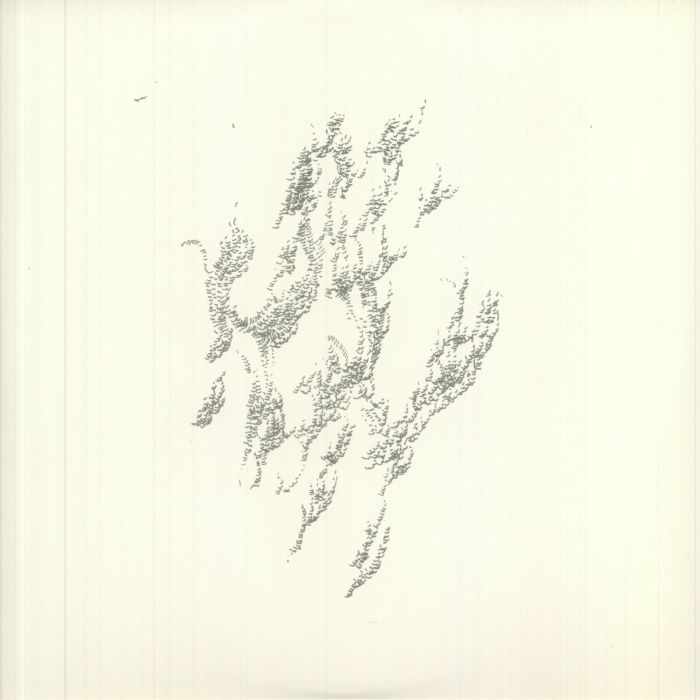Dusted Down: Yellow Swans – Drowner Yellow Swans
Sheer beauty carved from white noise and chaotic ambience

Yellow Swans – Drowner Yellow Swans (Yellow Swans Archive)
In 2007, Yellow Swans made their second self-portrait. Having released over ten limited cassettes and CDs since the turn of the millennium, something new was afoot with ‘Drowner Yellow Swans’ – like their second album ‘Detestifi Yellow Swans’, it was partially self-titled, and now that a second album of the sort had been released, it revealed a new propensity for the duo (Gabriel Mindel Saloman and Pete Swanson) to play happily with a prefatory ‘D’ word. It indicated an unusual, self-referential naming process. While only 2 out of 15 or so albums had been named like this thus far, listeners latched on, interpreting a new conceptual basis behind the music.
Drowner Yellow Swans originally only had a 60-cassette run, but felt no less powerful or emotionally resonant to the people who got their mitts on it at the time. Now seeing its first ever vinyl reissue – and a much larger run – we now get to hear the album in its crispest glory, providing the deepest insight yet into Yellow Swans’ musical playground.
Soon after ‘Drowner’ was released, the shapeshifting ‘D’ became known to reflect the constant evolutionary nature of the duo’s music. With that in mind, a comparison to ‘Detestifi’ should be in order. That album, released in April 2003, got at the pair’s twin flames of cheapo punk and nervous DIY, and lacked any significant emotional swell. It consisted of two, untitled 20- to 30-minute sides of glitching and cruddy noise, and had a sense of misdirection and cool disgust, quite nicely nailing the album’s titular portmentau. The term ‘Detestifi’ is a curious marrying of the words ‘detest’ and ‘testify’, reminding us the virtuous disgust that Portland’s punk scene (which GMS and Swanson grew out of) had to offer.
‘Drowner’, by contrast, is much more slow-burning and literally ‘drowned’ affair, owing far more to the hurt shoegaze of My Bloody Valentine and the entrained psych of Fushitsusha. Rather than being brazenly split into two unnamed cuts, this is an 8-track album, opening with the vague, deserted, ambient soundstorm that is ‘Sandwall’ and ending on the dubby noise detritus that is ‘Disjecta’. It can be difficult to analyse noise, but when emotive elements like consonant chord progressions and expansive drones are added like this, things begin to make sense. It’s easy to read a loose narrative of drowning, then washing ashore, into the album. The tracks seem to do justice to their titles, with ‘Velvet Water’ uncannily reconciling noise friction with smooth substances like velvet and water – creating a sense of being drowned in something you shouldn’t be drowned in. ‘Seafloor’ and ‘Beacons’, by contrast, ease the pressure, sounding much airier, and with the latter track’s metal scrapes sounding especially relieving, like aquatic guides lifting the listener up and out from near-death.
It’s a solid move to have Rashad Becker, one of underground music’s most illustrious and immediately recognisable mastering engineers, remaster the album. In doing so, it seems like the duo are directly railing against the impressionist’s elegy that the album was was once thought to be. Rather than succumbing to the entropic decay that most certainly affects cassettes more than any other kind of medium, they’ve instead chosen to revitalize the loose feel of impermanence that binds ‘Drowner Yellow Swans’ and commit it to hardy vinyl form, doing justice to our near-death interpretation of this album. Almost physically ‘drowning’ into obscurity, it’s made its unlikely comeback, and now reemerges like a perfect wax pearl on the bleak shores of ‘Disjecta’.
Jude Iago James